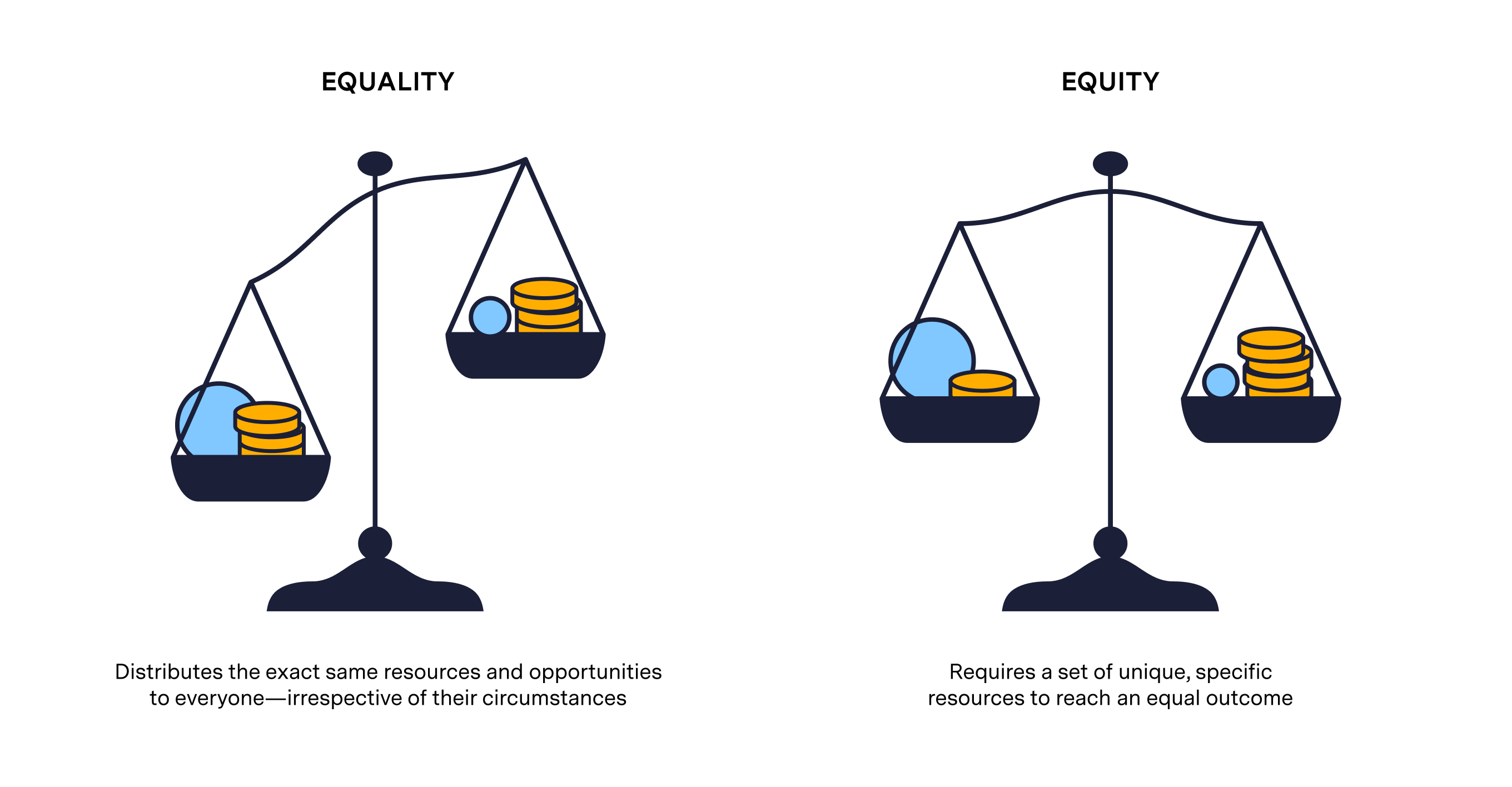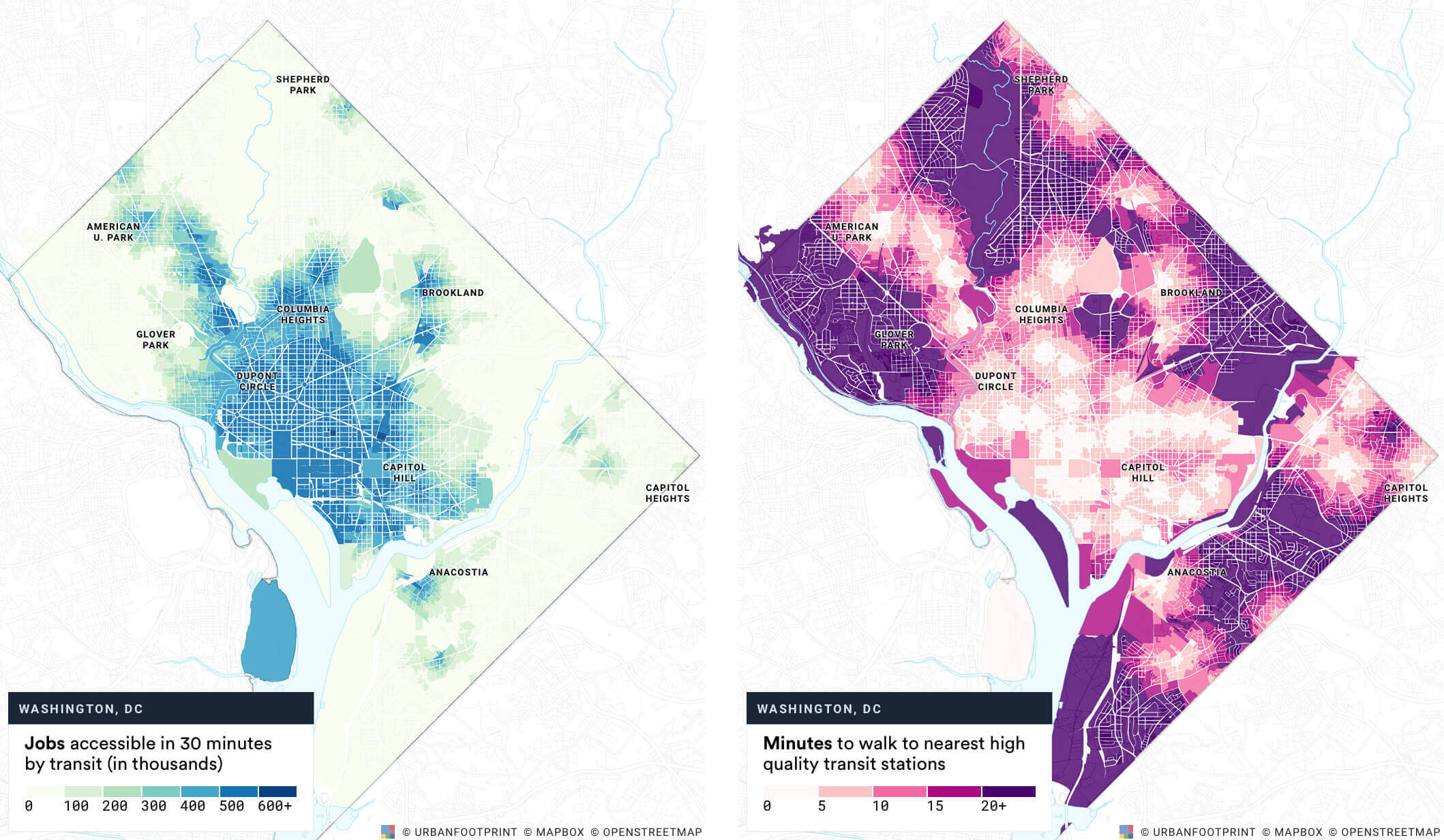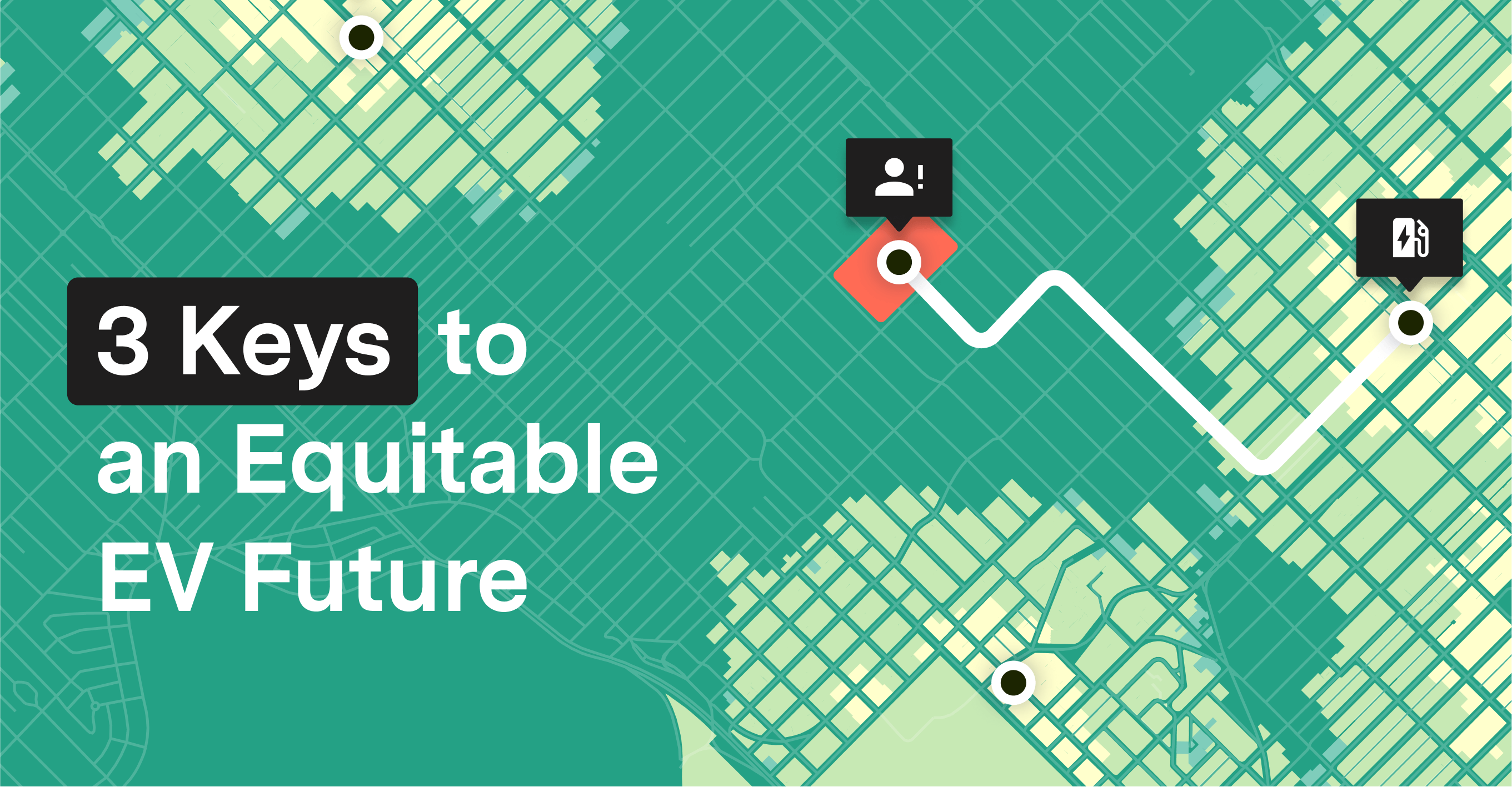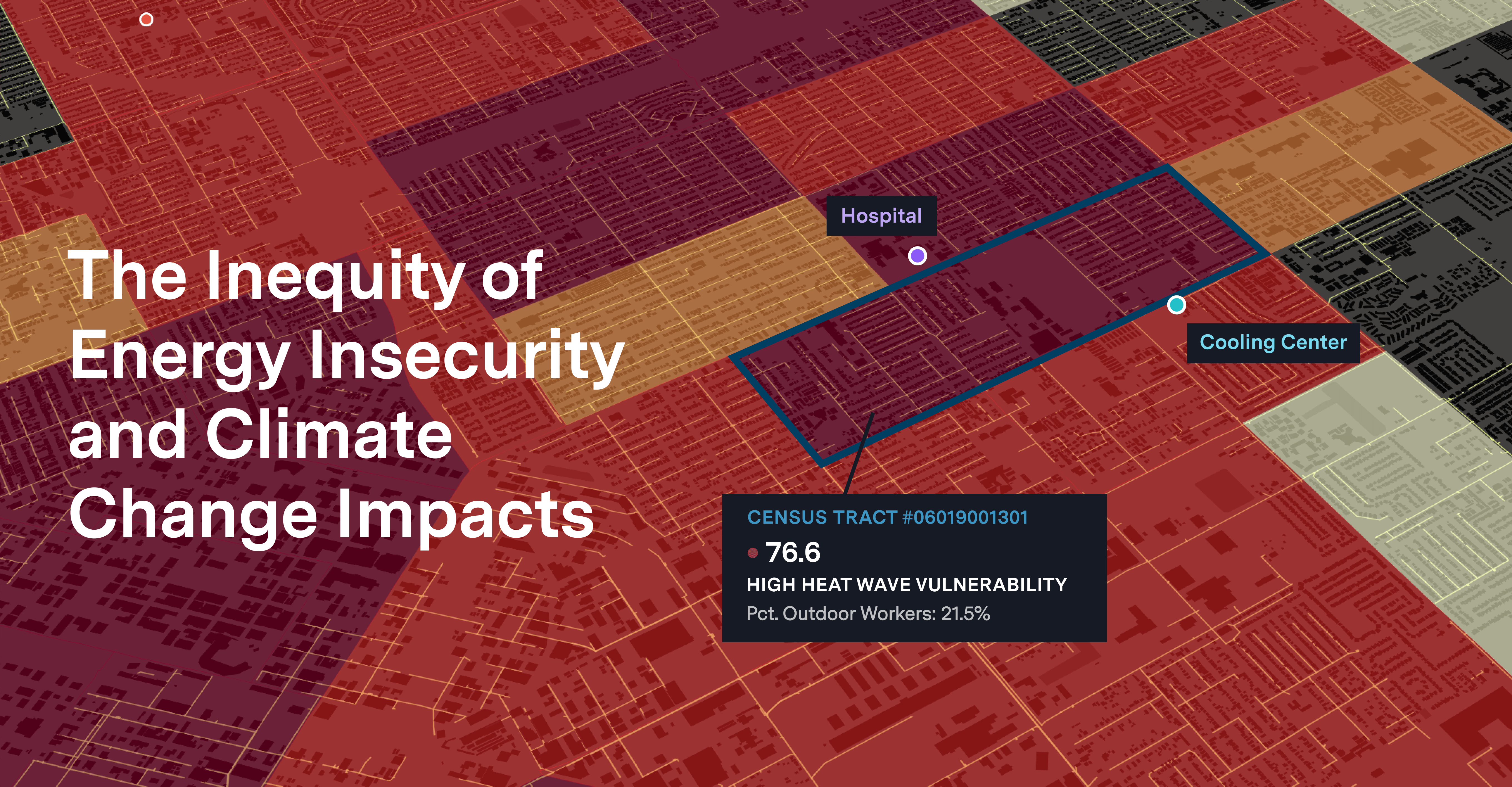Of course, those aren’t the only ways that the US plans to advance equity. President Biden will further address inequities within the US’s energy system with the Bipartisan Infrastructure Law. For example, minority individuals are more likely to feel the effects of climate change, like an intense flash flood. This is because these individuals are more likely to live in places that are less equipped to deal with disasters, as well as the fact that the majority of minorities were pushed into less ideal locations due to unjust laws like redlining. As such, to battle this inequity, Biden’s recently enacted law will provide federal funding to weatherize and upgrade homes, businesses, and communities.
While these are welcome changes, it does mean that new infrastructure must be rolled out with all aspects of equity in mind. Even minor local changes to water infrastructure must be assessed with a socially equitable perspective, as we know that climate change does not affect people equally. Prioritizing municipal water bonds in communities with the greatest demand for assistance ensures that historical patterns of low investment in marginalized communities do not continue.
Government-funded activities like funding new roads, rezoning school districts, or even building a new park can have major implications on outcomes for people trying to get to work, children trying to excel in school, and people with disabilities.
For example, investing in a low-income neighborhood school can impact an entire generation’s learning—and many generations afterward. An environment that’s conducive to learning encourages kids’ curiosity, fosters life-learning habits that carry them through high school and college, and promotes an education-first mindset they can instill in their children.
Making incremental changes to improve transportation and enhance access to public services work in the same way, giving everyone, including people with disabilities or those suffering from homelessness, ways to stay healthy and build wealth.
The challenge in social equity is identifying the best, most objective possible ways to reallocate resources. And that can only be accomplished through thoughtful data analysis.













